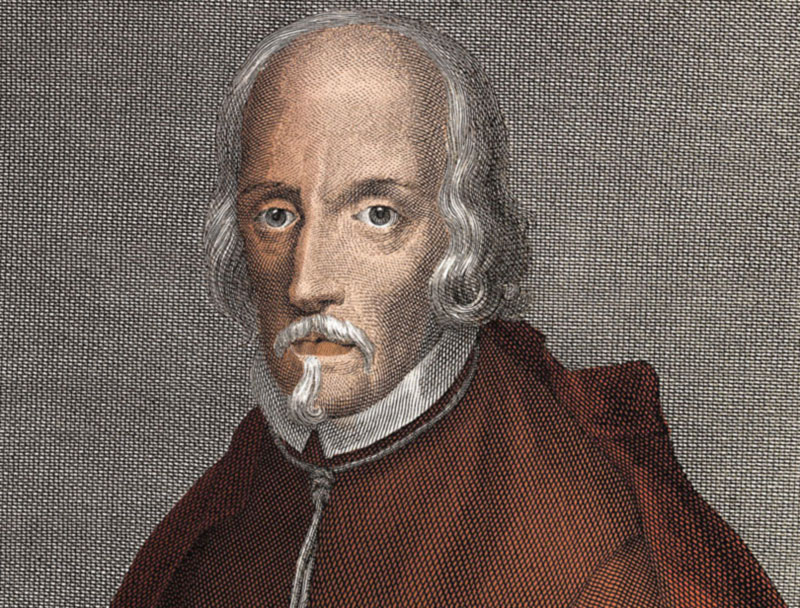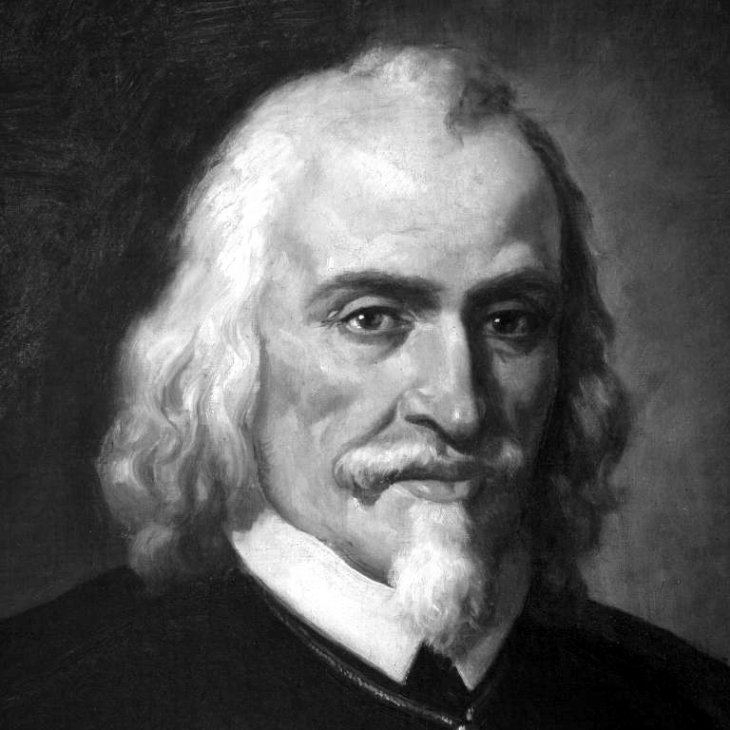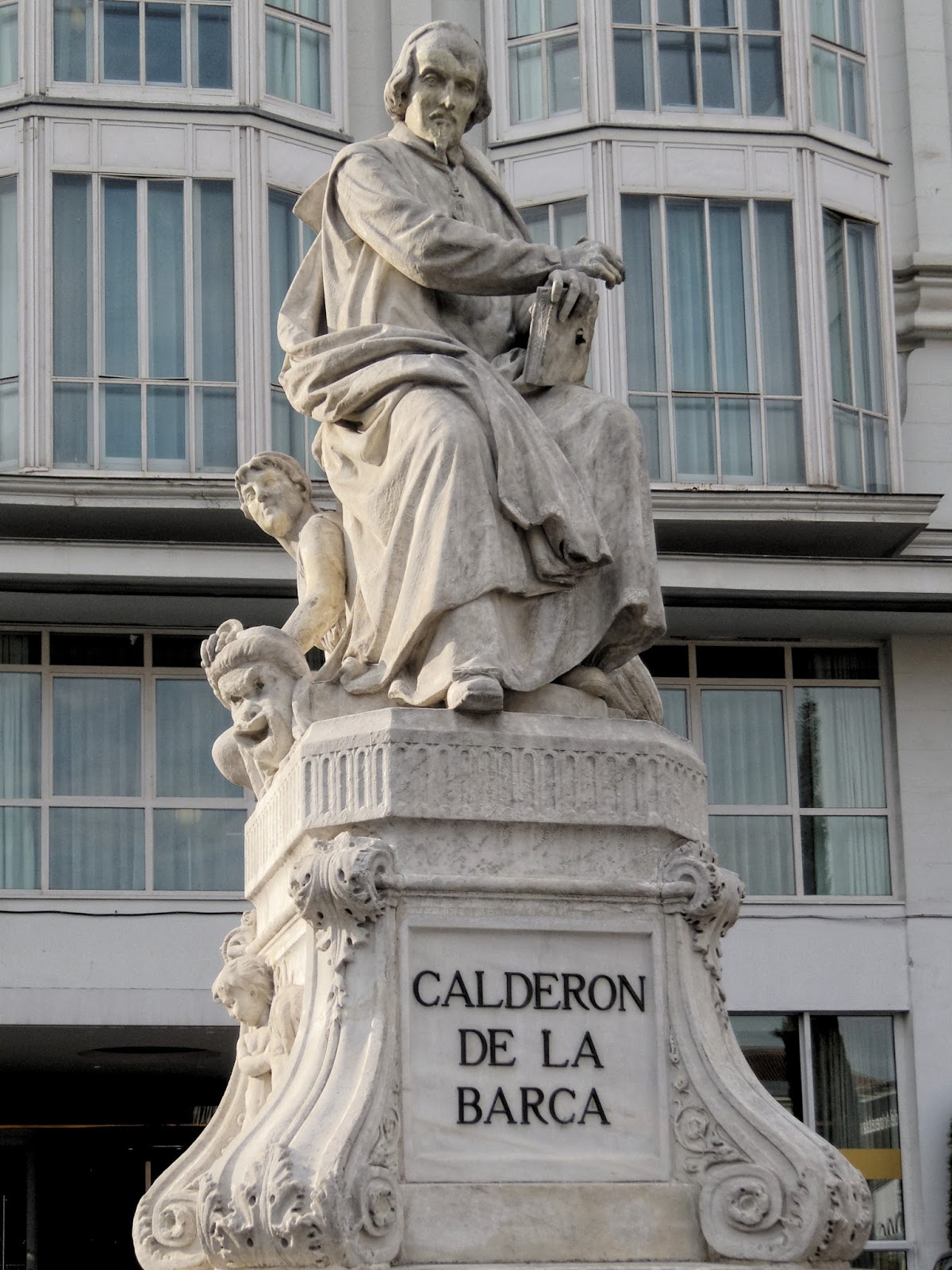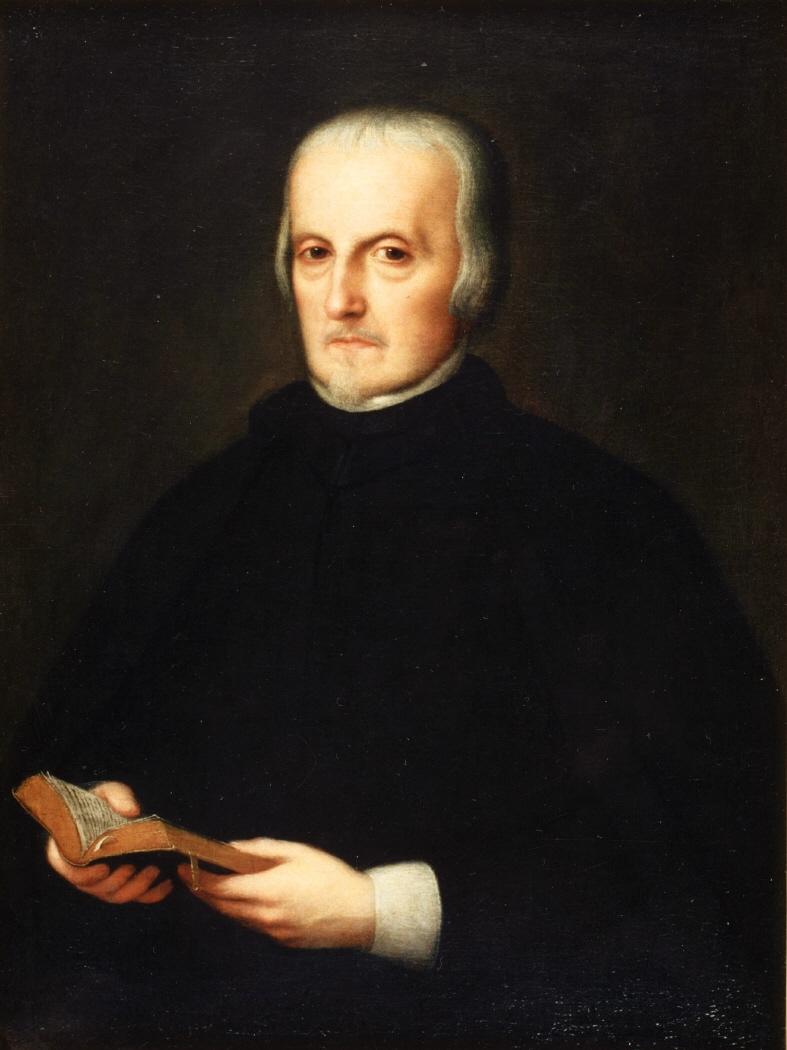
Biografia di Pedro Calderón de la Barca
Pedro Calderón de la Barca (17 January 1600 - 25 May 1681) ( UK: / ˌkældəˈrɒn ˌdeɪ læ ˈbɑːrkə /, US: / ˌkɑːldəˈroʊn ˌdeɪ lə -, - ˌdɛ lə -/; Spanish: [ˈpeðɾo kaldeˈɾon de la ˈβaɾka]; full name: Pedro Calderón de la Barca y Barreda González de Henao Ruiz de Blasco y Riaño) was a Spanish dramatist, poet, writer and knight of the Order of Santiago.

Pedro Calderón de la Barca Alchetron, the free social encyclopedia
Calderon de la Barca, Pedro, b. 1600; d. 1681; a. Spanish dramatist whose activity marks the second half of the golden age of Spanish literature. His time was one of social and political decay under the rule of Philip III and Philip IV, when all things indicated the irretrievable loss of the mighty foreign empire which Spain had acquired during.

Calderón de la Barca Símbolo del Siglo de Oro
January 17, 1600. Died. May 25, 1681. Genre. Theatre. edit data. Pedro Calderón de la Barca y Henao was a dramatist of the Spanish Golden Age. Calderón initiated what has been called the second cycle of Spanish Golden Age theatre. Whereas his predecessor, Lope de Vega, pioneered the dramatic forms and genres of Spanish Golden Age theatre.

Pedro Calderon De La Barca /N(16001681). Spanish Playwright And Poet. Aquatint, C1800, After A
Pedro Calderón de la Barca was a Spanish dramatist, poet, writer and knight of the Order of Santiago. He is known as one of the most distinguished Baroque writers of the Spanish Golden Age, especially for his plays.

Buscarán con georradar los restos de Calderón de la Barca, perdidos en la Guerra Civil
On January 17, 1600, Spanish poet and playwright of the Spanish Golden Age Pedro Calderón de la Barca was born. His work being regarded as the culmination of the Spanish Baroque theatre. As such, he is regarded as one of Spain's foremost dramatists and one of the finest playwrights of world literature.

Retrato de Calderón Calderón, Retratos, Personajes de la historia
Sun 24 Jan 2021 05.15 EST. The death of Pedro Calderón de la Barca - soldier, priest and one of the finest dramatists Spain has produced - continues to prove almost as turbulent and.

LAS AVENTURAS DE PEDRO CALDERÓN DE LA BARCA '''NO LO SE!!!... ¿O SI?
Pedro Calderón de la Barca (Chapter 15) - The Cambridge History of Spanish Literature Home > Books > The Cambridge History of Spanish Literature > Pedro Calderón de la Barca 15 - Pedro Calderón de la Barca from IV - EARLY MODERN SPAIN: RENAISSANCE AND BAROQUE Published online by Cambridge University Press: 28 March 2008 By Evangelina Cuadros

Calderón de la Barca guionista de "series" en el siglo XVI Fin de Semana COPE
Pedro Calderón de la Barca (1600-1681) es el máximo exponente del teatro barroco español, hasta el punto de que su muerte marca el final del Siglo de Oro en España. Lope de Vega fue el iniciador y creador del teatro nuevo del siglo XVI y Caderón de la Barca supone la culminación de dicho proceso.

Posterazzi Pedro Calderon De La Barca N(16001681) Spanish Playwright And Poet Aquatint C1800
Ordenado sacerdote en 1651, poco tiempo después fue nombrado capellán de Reyes Nuevos de Toledo. Por entonces ya era el dramaturgo de más éxito de la corte. En 1663 el rey lo designó capellán de honor, por lo que se trasladó definitivamente a Madrid. El teatro de Calderón de la Barca
/cloudfront-eu-central-1.images.arcpublishing.com/prisa/VHB4GJMXG5BJJHTJIRPGODWM7A.png)
La única foto que muestra el verdadero rostro de Calderón de la Barca Cultura EL PAÍS
Pedro Calderon de la Barca (1600-81) was one of the great poets and dramatists of Spain's golden age, a rival of Cervantes and Lope de Vega. His work, like that of his contemporary Velásquez, mirrors perfectly the society of his time. It also captures certain defining qualities of the Spanish mind: its strong sense of faith and honor, its.

Pedro Calderón de la Barca
Calderón de la Barca, Pedro, 1600-1681. Publication date 1987 Topics Drama religioso español -- Epoca clásica, 1500-1700, Teatro Espanhol, Teatro España 1500/1700, Literatura castellana España 1500/1700 Publisher Madrid : Aguilar Collection printdisabled; internetarchivebooks Contributor Internet Archive Language

Muere Calderón de la Barca Archiletras
1600-1681 Spanish playwright P edro Calderón de la Barca of Madrid was one of the greatest Spanish playwrights of the Renaissance. During his career Calderón wrote several poems and approximately 120 three-act plays. His later work with musical theater contributed to the development of opera in Spain.

Sobre Calderón de la Barca y el Treatro Clásico Vida y obras de Pedro Calderón de la Barca
Life Is a Dream Life Is a Dream (Spanish: La vida es sueño [la ˈβiða es ˈsweɲo]) is a Spanish-language play by Pedro Calderón de la Barca. First published in 1636, in two different editions, the first in Madrid and a second one in Zaragoza.

PEDRO CALDERÓN DE LA BARCA La Paseata
Pedro Calderón de la Barca, (born Jan. 17, 1600, Madrid, Spain—died May 25, 1681, Madrid), Spanish playwright. He abandoned religious studies in 1623 to write plays for the court of Philip IV of Spain. His secular plays included The Surgeon of His Honour (1635), Life Is a Dream (1638), and his masterpiece, The Daughter of the Air (1653).

Siglo de Oro Pedro Calderón de la Barcas Biografía
The Spanish poet and playwright Pedro Calderón dela Barca y Henao (1600-1681) is second only to Lope de Vega in Spain's Golden Age, 1580-1680. He used the stage to interpret and champion Catholicism, to battle the Reformation, and to exalt the monarchy. Born in Madrid on Jan. 17, 1600, Pedro Calderón was orphaned by the age of 15.

Pedro Calderón de la Barca, el gran poeta de la Edad de Oro
To the sound of discordant drums a medieval Castilian prince - the future Enrique II, of Trastámara - is hurled from his horse across the bare stage, apparently lifeless; from on high a bold Russian noblewoman, in male attire, descends, distressed and defiant, lost in the mountainous borderlands between her country and Poland, her horse.